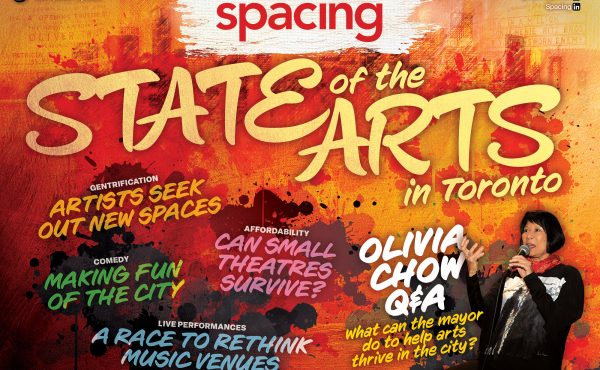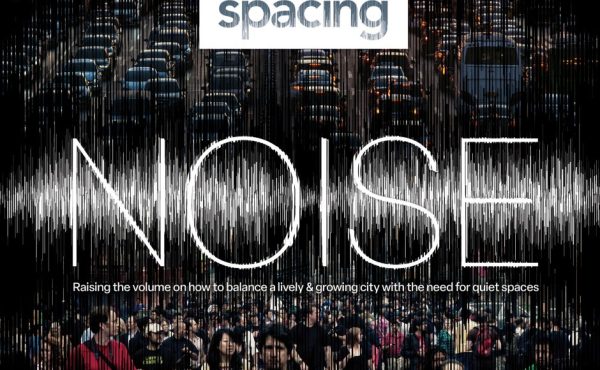Spacing and Evergreen proudly present The Future Fix: Solutions for Communities Across Canada, a special podcast series.
In our first episode, we explore the unique relationship between the town of Innisfil, Ontario, and the controversial ride-hailing company Uber. Jason Reynar, the town’s chief administrative officer, explains this relationship, and how it has changed transit choices for the people there.
The Future Fix is a partnership between Spacing and Evergreen for the Community Solutions Network: a program of Future Cities Canada. As the program lead, Evergreen is working with Open North and partners to help communities of all sizes across Canada navigate the smart cities landscape. The Community Solutions Network is supported with funding provided by Infrastructure Canada.
Subscribe to the podcast on iTunes, Spotify, Google Play, or SoundCloud, or follow our RSS feed.





One comment
First off, let’s not call Innisfil’s solution “public transit.” It is publicly-subsidized, private taxi service. It may be a useful option for an immature and low-volume transit demand, but it is not scalable from a cost perspective to a more mature mass transit market, hence, the need for Innisfil to institute a cap on the number of rides as usage increases.
Apart from the data-ownership problem, which is a huge over-sight, the current users are getting used to a system that gives them door-to-door, on-demand service at a low cost — who wouldn’t leave their car at home for this type of service? What happens when the costs of providing this gold-star service get too high for the volume of passengers, even with restrictive ride caps, and you have to switch these people to a more efficient, but traditional mass transit model? People are likely to feel they have lost their special service and may go back to their own cars. Ridership will suffer as a result. The only way to make this successful over the longer-term is to build the density that the CAO was talking about to support a true mass transit system, and then stop subsidizing Uber and make them pay their way. If they are allowed to continue to compete with fixed transit, it will undermine any gains to the transit habit.
Also, what are the measurable benefits of this experiment beyond increasing Uber usage? Has car traffic in Innisfil actually decreased as a result of people taking the subsidized Uber instead of their own cars or has it increased as a result of more Uber drivers awaiting a fare? Beyond achieving some social goals for people who perhaps can’t drive themselves in Innisfil, what benefits does subsidizing a private taxi service offer compared to people using their own cars instead? It may be that, in low-density, car-centric communities, “no transit” is essentially the same as “subsidized taxis” except the latter costs taxpayers more.